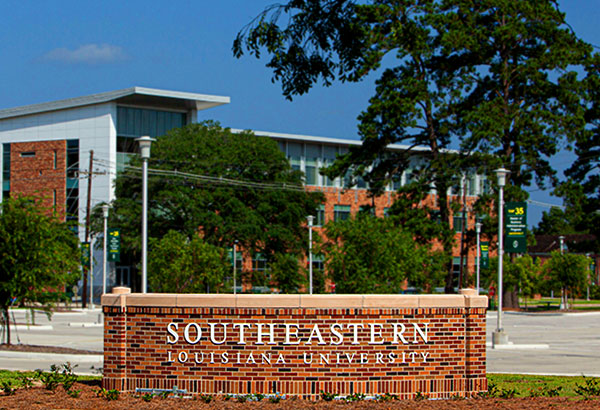Message from the President
September 15, 2017
Strategic Planning Update
As explained in a previous campus communication, we are initiating a new cycle in the university strategic planning process. A campus report card on the results of our previous strategic plan, Vision 2017, can be found here. Although it is not practical to share information on every single accomplishment over the last five years related to the six strategic priorities included in Vision 2017, this report card covers many aspects of campus accomplishments across all divisions. I believe the campus community can be proud of these achievements as we look forward to updating our priorities and plans.
In order to enhance alignment with strategic planning efforts currently underway at the University of Louisiana System, we will adopt a planning framework that extends through 2025. Although this seems like a long distance in the future, given the pace of technological innovations and change in general, we will revisit our new plan every two to three years to ensure ongoing progress and relevance.
In addressing the planning process at our recent Convocation, I quoted General Dwight D. Eisenhower, who emphasized that the planning process is probably even more important than the final plan itself. The most effective plans are those that are developed in a collaborative fashion through extensive interaction with stakeholders and constituents.
As an initial step, an environmental scanning process lays the groundwork for an effective strategic plan that helps us identify and pursue competitive advantages in our endeavors. The environmental scan accomplishes this by identifying threats and opportunities. Typically, external trends and developments create threats and opportunities for organizations, while internal strengths and weaknesses help shape the organization's approach to successfully respond to the external forces.
The effectiveness and future success of our new strategic plan will be significantly affected by the quality and thoroughness of the environmental scanning process. Accordingly, we will utilize multiple focus group discussions to engage people in this critical conversation so that we can collect information from as many stakeholders as possible. Dates and times for focus group meetings with faculty and staff will be forthcoming.
John L. Crain
President






